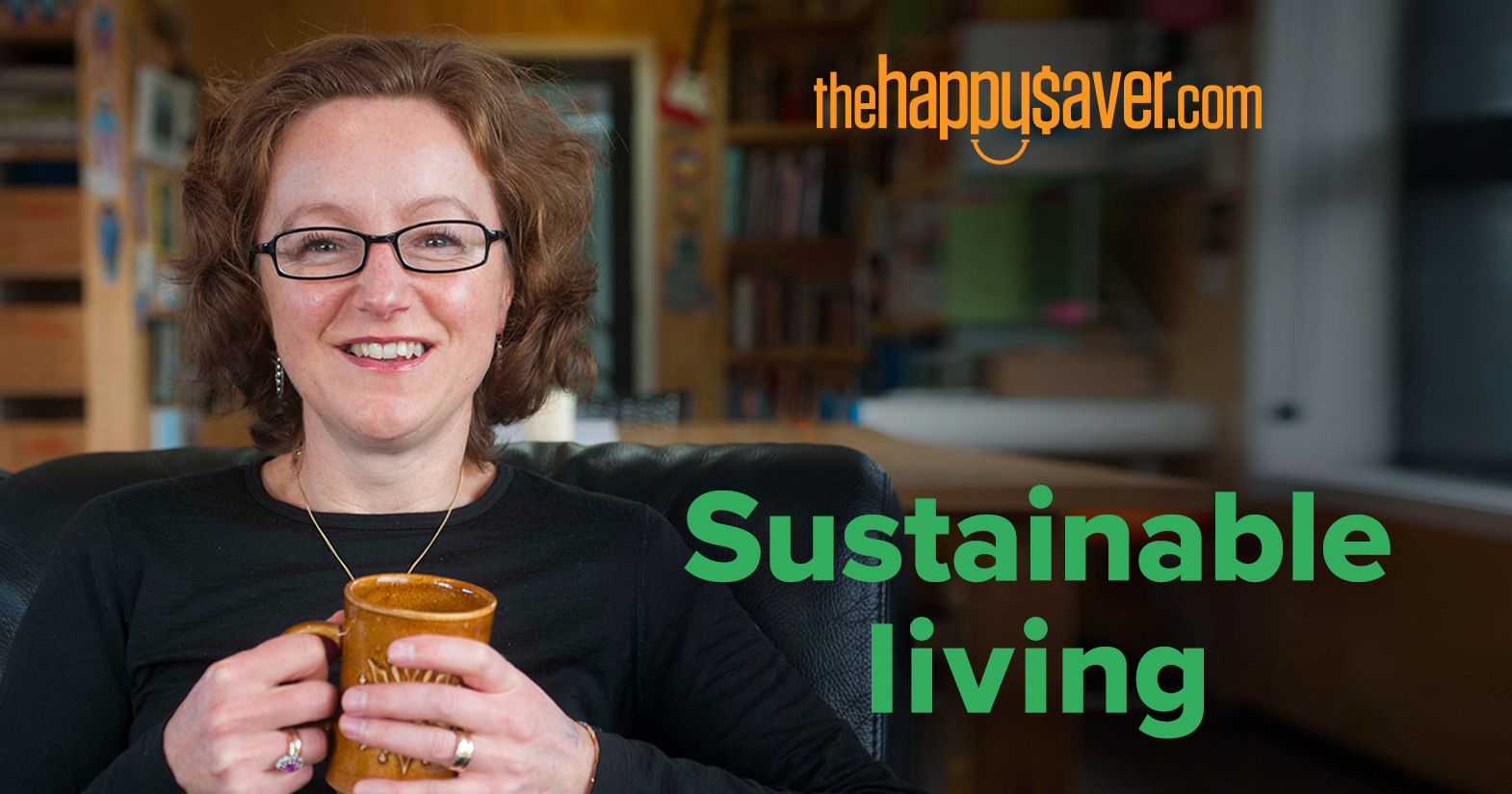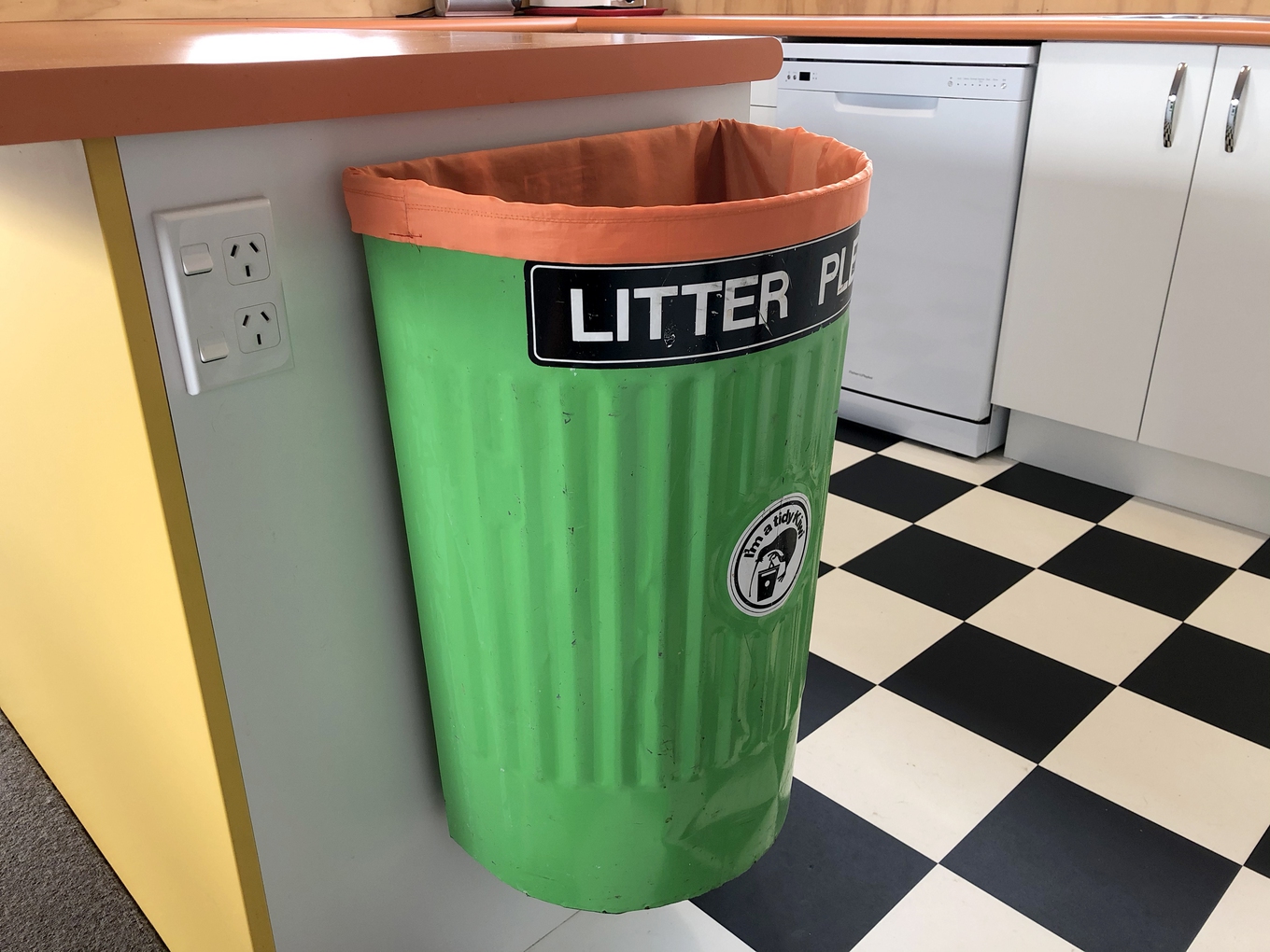
When I still lived at home, my family of seven came together every night around our old dining table to tuck into a home-cooked meal. The actual table that we ate at has been a constant my entire life; it genuinely was the heart of our home.
How that table came to be in our kitchen was a story in itself. My Dad had received the table as payment for farm work he had done. When he went to collect it from his employers, the Hickeys, he saw that they’d been eating at one end of the table and rebuilding a car engine at the other!
The first lesson of sustainable living is to make do and work with what you have. The Hickeys didn’t have a workshop to fix their engine, but they had a huge and sturdy table. This colossal table was so multi-functional that they could achieve two very different things in one space when they used it: eating and car repair. Genius! Also, bartering goods for services was second nature to them.
The Hickeys would have been born around 1900. I still think of them today when I’m bombarded with advertisements telling me what expensive gadgets are guaranteed to make my life more straightforward. The latest must-have seems to be an air fryer, judging by how many friends are raving about them!
We are constantly being marketed to and offered ways to simplify our lives to give us more time to spend with friends and family. But to have all of these gadgets, we need money to buy them. To get the money, we need to work more. It seems to me that to have everything, we have to give up the one thing that money can’t buy: time.
Now, in the face of a global climate crisis and pandemic, more and more people are considering what matters to them and are adopting sustainable living practices, realizing that instead of adding more to our lives, we just need to add less. Living on less is better for the environment, and it gives us more time and money.
Take fast fashion as an example. Natural resources such as cotton that are used in the production of clothing have an enormous environmental impact and fast fashion isn’t even designed to last. This means that each year you’ll be throwing out clothes and buying new ones. You can reduce your carbon footprint as well as the strain on your wallet by purchasing secondhand clothing and higher quality goods that last longer.
We can cut a wide range of expenses out of our budgets by simplifying how we do things or using the things we do have for many different purposes. I’m not advocating fixing engines at the dining table to make the most of your living space (although what’s the harm in that?). I am for asking yourself what people of the Hickeys’ generation would do.
Would they go to work and earn $1,000 a week to turn around and spend $180 on an air fryer to cook their sausages and chips more quickly at night? No way! They would have grown their own potatoes, baked them in their oven, and the by-product of that would also be heating for their kitchen.
We often make our lives far more complicated than they need to be. Over the years, I’ve acquired several sustainable living ideas to reduce the small recurring expenses in my home because even the smallest costs add up over the years. The bonus is these tips often save me time!

When we need something new, instead of rushing to buy, we debate its merits first, look for a solution that might be in front of us at home, sleep on it, and often find another way. When we do buy, we always shop second hand first, and that way, we reuse an existing product and pay a fraction of the retail price.
These days, we just challenge ourselves to do more with less and wear out the items we do have, just like the Hickeys used to do. We simply don’t need an air fryer to cook our store-bought, pre-cut chips when a good knife, a potato from our garden, and the oven will do.
I recall the first time I left home and went into a shared house with friends. On day one, I got up to make myself breakfast, but without the microwave I had used my entire life, I had no idea how to heat my milk for my cereal! No idea! I cast about the kitchen until I finally thought to pull out a saucepan to put on the stove. Duh! Sometimes the simplest solution is staring us right in the face. We just need to be reminded how to do it.
Finally, the biggest trick I have found for sustainable living that reduces our costs and our time spent working is finding contentment with what we already have. Next time you are searching for that ‘thing’ to improve your life, think about how the Hickeys, born in 1900, might solve that problem. Like them, you too might be able to reduce, reuse and recycle and save a fortune in the process!
Ruth blogs at thehappysaver.com all about how she and her family handle money. What’s the secret? Spend less than you earn, invest the difference, avoid debt and budget each dollar that flows through your hands. She firmly believes that if you can just get the basics right, life becomes easier from there on in.